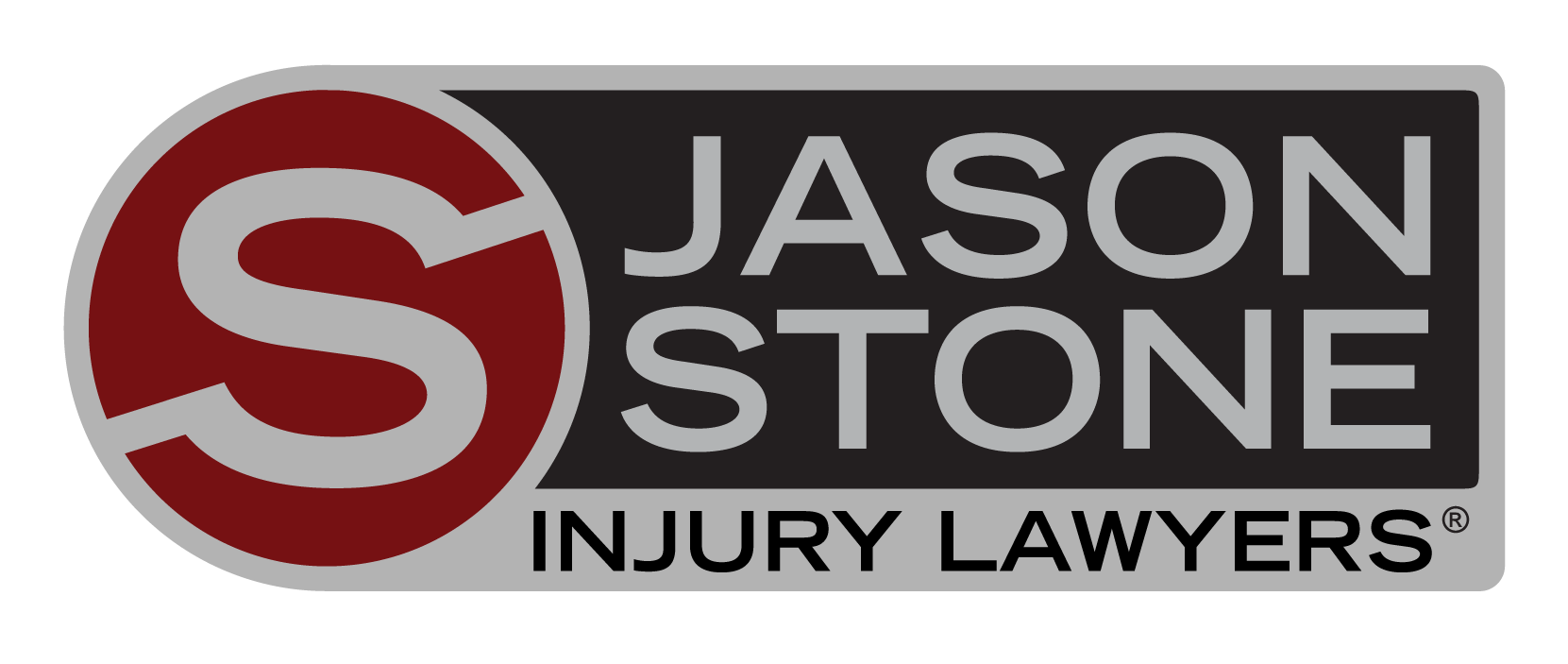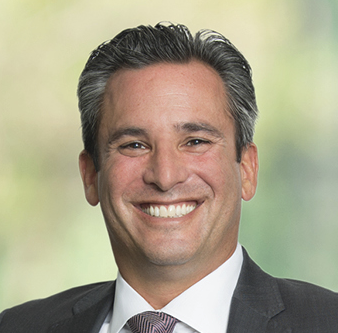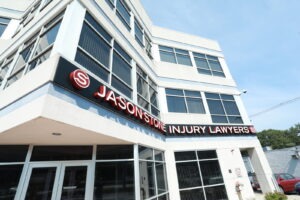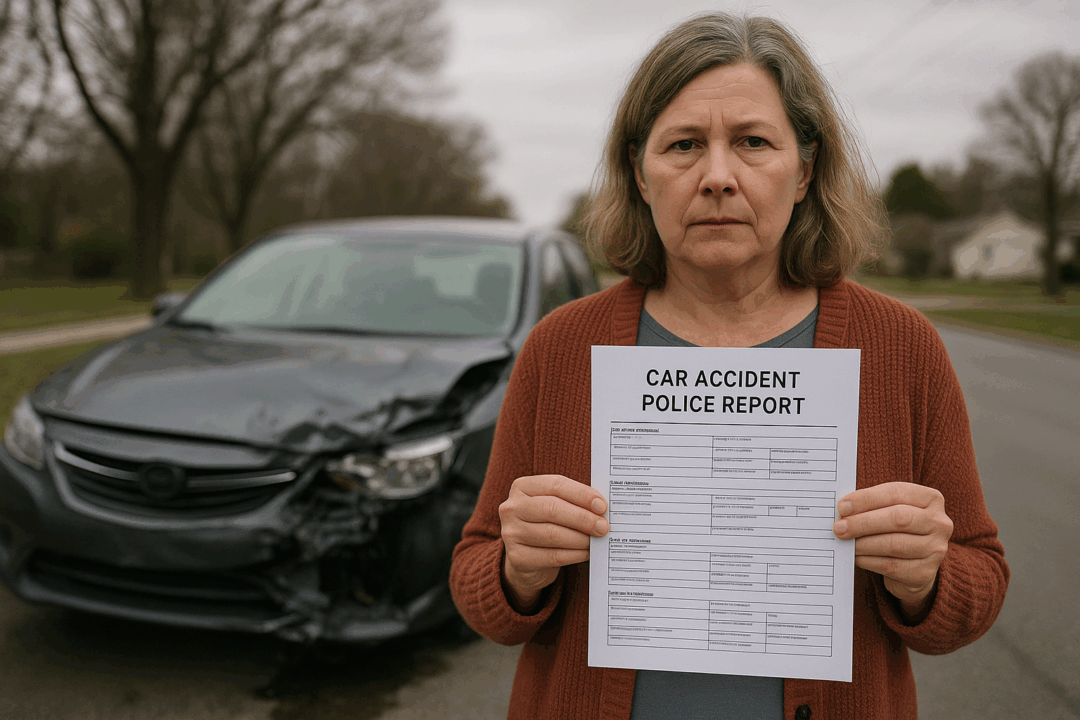In the wake of a head-on collision accident in Boston, the aftermath can be overwhelming and fraught with complexities. That’s why it’s imperative to secure legal representation from a seasoned Boston car accident lawyer who possesses the expertise to navigate the intricacies of your case. Head-on collisions often result in catastrophic injuries and significant damages, necessitating the need for skilled advocacy to ensure your rights are protected. Our team of dedicated Boston personal injury lawyers understands the gravity of these situations and is committed to fighting tirelessly on your behalf. We will meticulously investigate the circumstances surrounding the accident, collaborate with experts, and leverage our knowledge of Massachusetts laws to pursue the compensation you rightfully deserve. Don’t face the aftermath of a head-on collision alone – reach out to us today for a consultation and let us help you on the path to recovery and justice.
What Are the Common Causes of Head-On Collision Accidents?
Head-on collisions are less common than other auto accidents, but they can still happen under several circumstances. Some common causes of head-on crashes include:
- Speeding or passing around curves. The center lines around a bend are double straight lines for a reason. Passing is unsafe because you cannot see if a vehicle approaches from the opposite direction. Regardless, some people still try to pass, and some speed around the corner, bleeding into the opposing lane and risking a dangerous collision.
- Driving with distractions. Distractions in the vehicle can be tangible objects that divert your attention or cognitive distractions, such as daydreaming. For example, eating, drinking, talking on the phone, texting, reading and writing emails, and adjusting the radio are all everyday things people do in the car that distract them from paying attention to the road.
- Driving while fatigued. Driving when you are exhausted can sometimes be as dangerous as driving under the influence. You can drift off to sleep without realizing it and wake only to find yourself in a dangerous position.
- Going the wrong way. Driving in the wrong direction can easily happen in an unfamiliar place, especially in urban areas.
- Driving under the influence of drugs or alcohol. Driving while intoxicated is especially dangerous because drugs and alcohol impair judgment and slow your ability to react or multitask. It can also cause vision impairment.
Given the nature of these causes coupled with the point of impact, it is easy to see how a head-on collision could result in significant damages, including severe injuries.
What Are the Common Injuries From Head-On Collision Accidents?
The injuries you suffer in a car accident directly affect the damages in your claim. Because head-on collisions are so aggressive, the injuries are often substantial. Some common examples of injuries sustained in a head-on collision include:
- Traumatic brain injuries. Head injuries have varying degrees of severity, and traumatic brain injuries encompass all of the worst. TBIs are either closed injuries, which cause internal damage without penetrating the skull, or open injuries, which generally include any injury in which a foreign object penetrates the skull. Some only require monitoring before healing independently, while others can cause permanent damage.
- Chest injuries. Drivers often experience chest injury caused by the impact of the dashboard and steering wheel or by force crushing the driver inside the car.
- Whiplash. Even a low-speed collision can cause whiplash. It involves the fast and unnatural back and forth or side-to-side movement of the head caused by the force of the impact. The result is tiny tears in the neck’s soft tissue that cause pain and stiffness.
- Broken bones and lacerations. Complex fractures are common in situations where the body has little room to move when the impact occurs. Cuts and bruises are expected in that situation as well.
- Back injuries. The impact from a head-on collision can cause damage to the back muscles and spinal column. Some common examples include strained muscles and herniated discs.
- Chemical and thermal burns. Given the point of impact in a head-on collision, many chemicals can leak into the vehicle, causing burns.
The worst result of a head-on collision is death. When death or injury occurs, the at-fault driver is responsible for the financial fallout. However, not all accidents have a clear responsible party. Sometimes, both parties share the fault.
What Happens if Both Parties Share Responsibility?
In a no-fault state, it does not matter who caused the accident. In most cases, both parties turn to their personal injury protection insurance to cover the damages. However, most states are at-fault states, which means the at-fault party’s insurance pays, but the rules change when both drivers contribute to the accident and the resulting injuries.
With few exceptions, states use the comparative negligence rule to govern personal injury cases involving shared responsibility. The comparative negligence rule states that you can still file a claim and recover damages even if the court determines you are partially at fault. The state decides if the pure or modified version of comparative negligence applies.
Pure Comparative Negligence
In states that adhere to pure comparative negligence, you can recover partial compensation even if your distribution of fault exceeds the other party. For example, if your case goes to trial, the judge or jury assigns a percentage of fault to both the plaintiff and defendant. Then, they will determine the value of the damages presented by the plaintiff and deduct the plaintiff’s portion from the total award. Therefore, if the court awards you $50,000 and finds you 50% at fault, you would receive an award of $25,000. If you were 90% at fault, you would still get $5,000.
Modified Comparative Negligence
Most states adhere to the modified comparative negligence rule, which mandates that the plaintiff is only eligible for compensation if they are not more than half responsible for the accident. The threshold for responsibility can be either 50% or 51%, depending on the state. This means that the court may find you 49% responsible, and you will still receive 51% of the awarded compensation.
What Are Compensatory Damages?
How do you calculate damages in a car accident case? The bulk of what you may receive comes from compensatory damages, which include two types of damages distinguishable by their calculability. The two types of compensatory damages are:
- Specific damages. Specific damages are also called economic damages. Examples include the cost of medical bills, cost of future medical treatments, lost income, future lost income, loss of earning capacity, cost of property damage, transportation costs, and any other expenses that accumulated as a result of the accident and injuries.
- General damages. General damages, also known as non-economic damages, refer to mental and emotional damages. Examples include physical pain and suffering, loss of the ability to enjoy your life, disfigurement, permanent or temporary disability, emotional distress, and mental anguish. Depression, anxiety, and post-traumatic stress disorder also fall under this category.
As the plaintiff, the burden of proving fault falls on you. You must provide the evidence to support your claim that the other driver acted negligently, causing the accident and your injuries. Proof of damages usually comes in the form of tangible bills, receipts, pay stubs, tax information, property repair estimations, and any receipts for related expenses. You may need help from an experienced head-on collision accident lawyer to value your claim for non-economic damages.
Under What Circumstances Might You Receive Punitive Damages?
If the defendant in your cases acted with malice or displayed no concern for the duty of care owed to those who share the road, the court may order them to pay punitive damages. Compensatory damages replace actual losses, but punitive damages serve as a deterrent and punishment for behavior exceeding ordinary negligence. In a car accident case, some examples of gross negligence include:
- Driving under the influence of drugs or alcohol
- Excessive speeding or reckless driving
- Illegal street racing
- Knowingly driving a vehicle with mechanical issues
- Driving with a medical condition that could impair motor skills
- Driving while on medications that impair cognitive ability or motor skills
These examples do not immediately prove gross negligence and warrant punitive damages.
When Should You Schedule a Consultation With a Head-On Collision Accident Lawyer?
It is never too soon to reach out to a head-on collision accident lawyer. In most states, the statute of limitations for filing a civil lawsuit after a car accident is three years. To file a wrongful death suit, you typically only have two years. Mistakes during the paperwork process could lead to delays and other issues you could easily avoid by hiring legal representation to handle everything for you. At the same time, you can focus on getting your health back on track or grieving your loved one.
If you sustained an injury in a head-on collision caused by the other driver, you may need legal assistance to help you get the compensation you deserve. At Jason Stone Injury Lawyers, our team of dedicated and experienced attorneys is available 24/7 to answer any questions about your case. Additionally, we understand the heavy financial burden that comes with severe injuries. That is why we charge no initial fees to listen to the details of your case or represent you. The first element of the Stone Cold Guarantee ensures we get paid only after you get paid. The team at Jason Stone Injury Lawyers can guarantee that we will fight aggressively to protect your rights and get you the compensation you deserve. Call or contact us today for a free consultation.
Not Trusting What You’re Being Told?
Better Phone Stone
800-577-5188
 START MY NO OBLIGATION CONSULTATION
START MY NO OBLIGATION CONSULTATION











